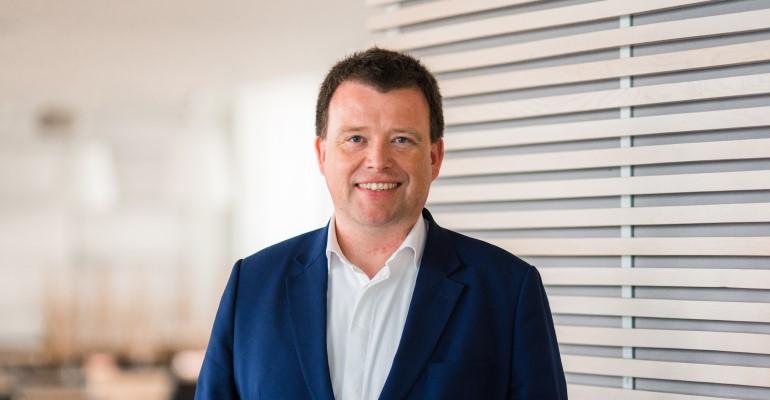It is clear that emission reduction is a priority for ship owners and operators. We can see evidence of this in the fact that the market has been significantly impacted over the last few years by a global pandemic, a great deal of geopolitical instability, and the rising price of fuel, and yet the industry has continued to make significant investments in emission reduction measures and technologies.
Scrubbers have formed a vital part of this process, with Bimco indicating that the number of scrubber-fitted vessels doubled between January 2020 and March 2021. In certain sectors, this number is likely to rise even more sharply, such as the containership sector where Bimco estimated that 71% of newbuilds would come with scrubbers already installed onboard.
Forewarned is forearmed
It's easy to assume this sort of investment is simply a response to the International Maritime Organization’s (IMO) Energy Efficiency Existing Ship Index (EEXI) and the Carbon Intensity Indicator (CII) regulations – which will come into effect in only three months – or the EU’s regional emission trading scheme (ETS) which also comes into effect at the start of 2023. But we need to keep in mind that ship owners and operators are used to evaluating the landscape of shipping, including incoming regulations, and ascertaining the best ways in which to balance that with efficient operations. And that’s true of this moment as well – scrubbers grant ship owners and operators the flexibility they need to use cost-effective, existing fuels without compromising on greener operations.
I emphasize this because we need to think realistically about the coming eight years to our 2030 targets for emissions. Alternative fuels will require time to assess availability and construct infrastructure, particularly as a lot of discussions around this fact by global leaders is mostly considering production to be used for land-based enterprises; we cannot be sure how much of the production of future fuels is allocated to maritime simply from current global commitments to greening at venues like COP26 or COP27. With this in mind, shipping needs to have its own assessment of what a viable timeline looks like, and a plan for how we make our targets workable in the interim until that point.
Looking to the future
This is where having flexibility and scrubbers is simply essential, allowing compliance with regulations to also meet market need and environmental goals until we can transition all vessels to Net Zero. Existing infrastructure, such as fuel spread and bunkering availability across ports, can currently be addressed by SOx scrubbers until future fuels are more readily available (though this may also depend on whether these future fuels themselves require scrubbing). We believe many operators will continue to use heavy fuel oil (HFO), low sulphur fuel oil (VLSFO) together with alternative fuels. Until bunkering availability is extended, it is most likely that we will see enhanced hybrid fuel use during this transitional period.
Energy providers are steadily advancing and investing in what they feel are viable solutions, even as overall global discussions remain in early to intermediate stages. Some countries are investing in infrastructure for particular fuels, and this may have effects both regionally and globally that have yet to play out for the supply chain.
This necessitates that shipping prioritizes technology offerings that remain compatible with a wide range of existing and emerging fuels so ship owners and operator have the flexibility they need for global operations. These technologies may meet existing emission targets without being limited by the mix of existing and future fuels by either working to reduce overall fuel consumption, cleaning gas emissions, or by other means.
There is great value in practically assessing our current market conditions and goals with what we hope to achieve in the future – and not compromising on either but achieving a workable balance. As maritime becomes more public-facing and end users and stakeholders are seeking companies that can satisfy green commitments, we need to ensure that our industry can continue to ensure public confidence – particularly if we want buy in from governments and end users.
As a result, it is essential – not optional – that we find good, workable solutions to our current market and labor conditions that keep us on track with global greening plans. And I believe that scrubbers are currently an important part of this process.
Planning for the long term
We also need to consider that a scrubber project is more than financial commitment and requires careful planning and co-ordination for best outcomes. Between production and commissioning itself involves multiple stakeholders: production, delivery to shipyard, installation, commissioning, MARPOL tests etc. In the current market and faced with long queues at shipyards – resulting from high demand and ongoing shortages of labor and resource – acting early can often make a valuable difference to a ship owner’s timeline. This is unlikely to let up any time soon, and so it is important to act early and to factor in a reasonable timeline that accounts for the months between placing an order to installation.
It is vital with these short timelines that customers are able to access a scrubber that is suitable for their vessel in terms of both installation space as well as voyage pattern, because these are important factors to consider in the process. Customers concerned with space or with specific installation requirements may need a customized design which will factor into the overall timeline of a project. Regardless of the alternative fuels vying for global interest, our goal remains unchanged – we intend to continue innovating and providing the market with high quality green technologies and solutions that comply with regulations and foreground long term efficiency.
Copyright © 2024. All rights reserved. Seatrade, a trading name of Informa Markets (UK) Limited.
Add Seatrade Maritime News to your Google News feed.  |

